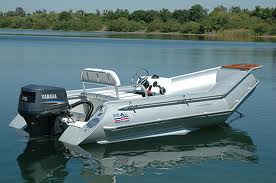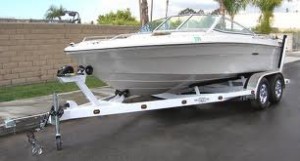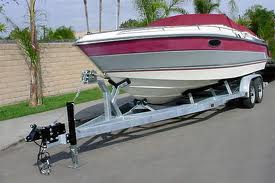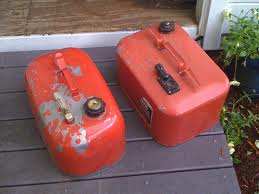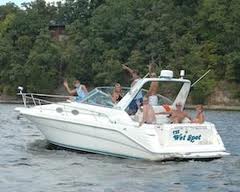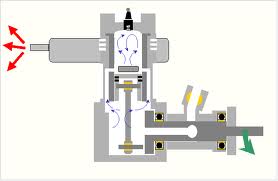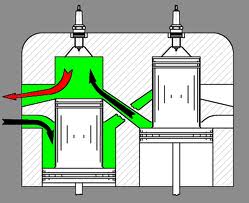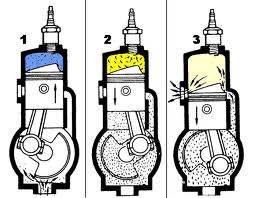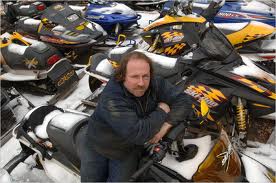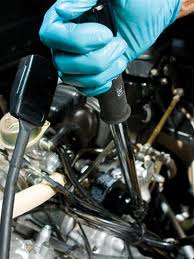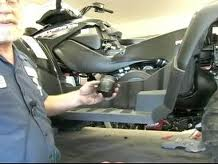Spring Checklist Item 3
 Our next item on the checklist is something we should probably be doing everytime wwe take the boat out, but sometimes we all forget. Fluids, props and hulls need to be checked thoroughly before heading out on the water this spring. It’s easy to check fluid levels like oil, steering, power trim reservoirs and coolant. And if you didn’t change your oil prior to winterizing you’ll want to change it before heading out. Many Yamaha 2 cycle engines run better and more efficiently with Yamalube 2W oil, for example.
Our next item on the checklist is something we should probably be doing everytime wwe take the boat out, but sometimes we all forget. Fluids, props and hulls need to be checked thoroughly before heading out on the water this spring. It’s easy to check fluid levels like oil, steering, power trim reservoirs and coolant. And if you didn’t change your oil prior to winterizing you’ll want to change it before heading out. Many Yamaha 2 cycle engines run better and more efficiently with Yamalube 2W oil, for example.
Propellers and hulls should be checked for nicks and dings that may be unsafe or cause the motor to operate at less than optimum efficiency. You’ll also want to ensure the prop is seated securely. When inspecting the hull keep an eye out for any cracking or blistering that may indicate a larger problem. A little preparedness goes a long way when getting ready for the next boating season.


